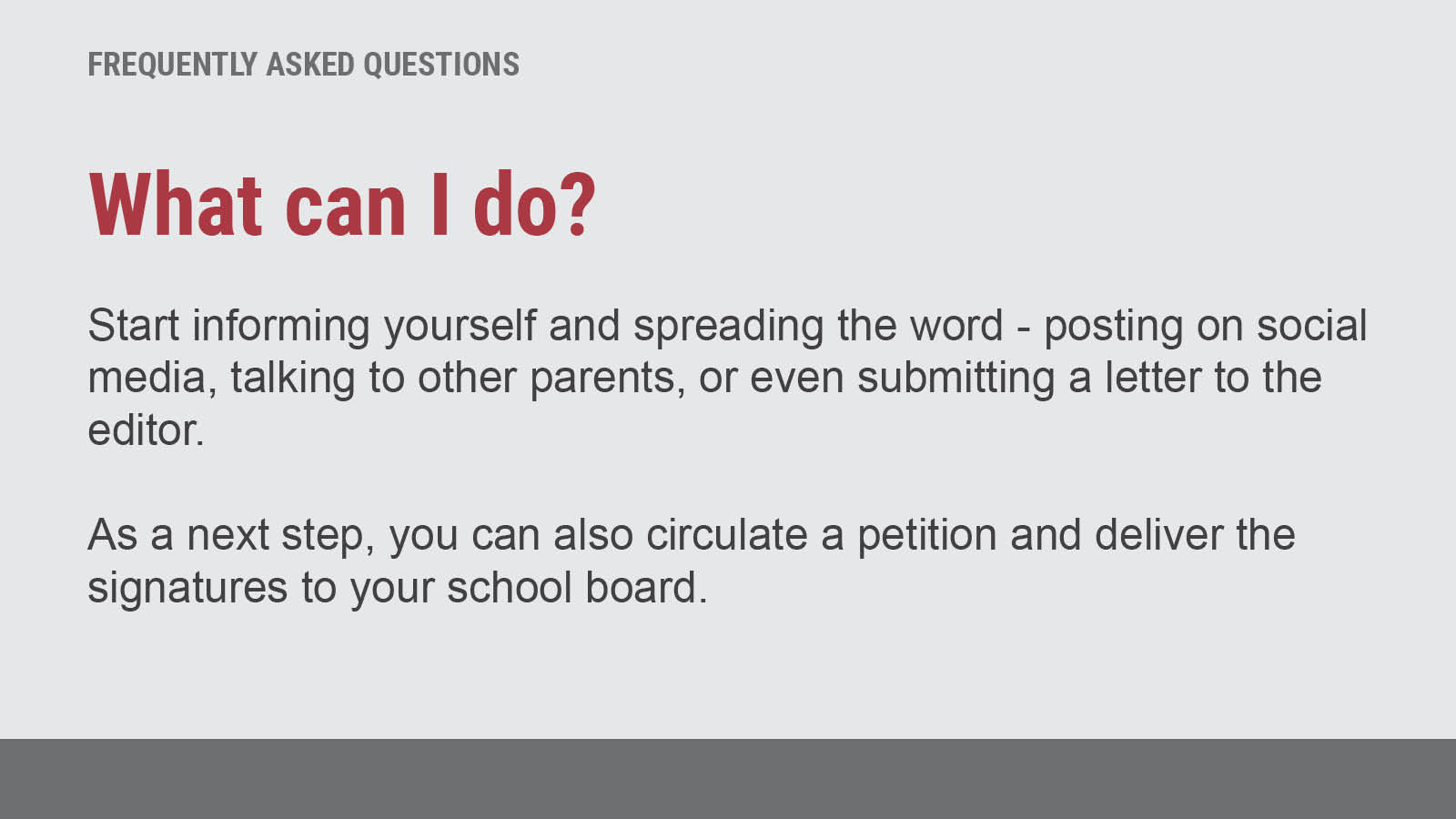Step 1: Get the facts on lead in schools’ water
We now know the toxic threat of lead in drinking water extends to thousands of communities across the country. In fact, lead is even contaminating drinking water in schools and preschools — flowing from fountains and faucets where our kids drink water every day.
Lead is contaminating drinking water at schools across the country.
As more schools test their water for lead, they are finding widespread contamination. This health threat is present in all kinds of schools — including those in rural towns, major cities and affluent suburbs.
Nearly 80 percent of Maryland public schools and 58 percent of non-public schools had water samples exceeding 5 parts per billion (ppb), state reports show (as of November 2021). These “first draw” samples only tested water that had been sitting in contact with fountains, faucets or non-consumptive taps. Testing of water stagnating in contact with lead-bearing plumbing fixtures or solder is likely to reveal further contamination.
State law now requires schools to test their water, so you should be able to find lead results on your school district’s website. For example, both Anne Arundel County Schools and Montgomery County Schools have posted their data. These full results show additional taps contaminated with lead at levels below 5 ppb.
In all likelihood, these confirmed cases of lead in schools’ water are just the tip of the iceberg. That’s because until 2014, national standards allowed fountains, faucets, pipes and plumbing to contain a significant amount of lead. (Even some post-2014 faucets can cause contamination.) And wherever lead comes in contact with water, there is a risk of contamination.
For child care centers and small school buildings, the pipe bringing water in from the street might also be made of lead. These lead service lines are a major source of contamination.
Lead is highly toxic, especially for children.
Lead threatens our kids’ health, especially how they learn, grow, and behave.
- “In children, low levels of [lead] exposure have been linked to damage to the central and peripheral nervous system, learning disabilities, shorter stature, impaired hearing and impaired formation and function of blood cells,” according to the U.S. Environmental Protection Agency (EPA);
- Medical researchers estimate that more than 24 million children in America today risk losing IQ points due to low levels of lead; and
- They have also linked low levels of lead to ADHD, antisocial behaviors and depression.
There is no safe level of lead.
In 2021, advocates finally convinced lawmakers in Annapolis to lower the limit on lead in schools’ water to 5 ppb. While this is a major improvement, schools should prevent lower levels of contamination as well. Lead is so toxic even at low levels that the EPA has set a goal of having no lead in drinking water. Lead is so toxic even at low levels that the EPA has set a goal of having no lead in drinking water.





















